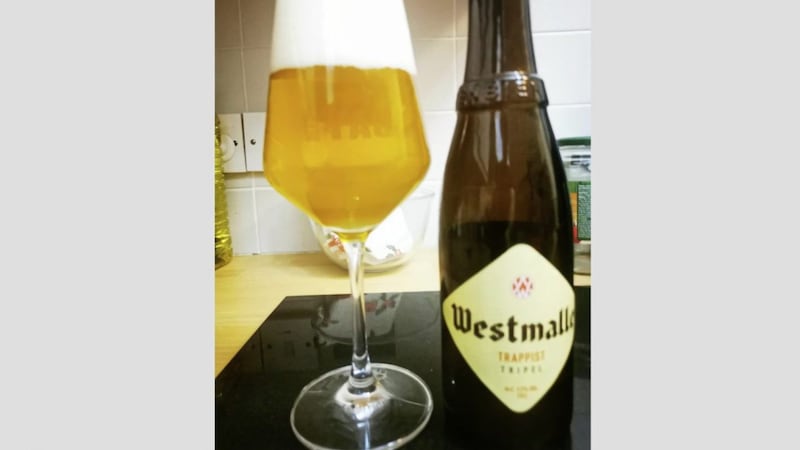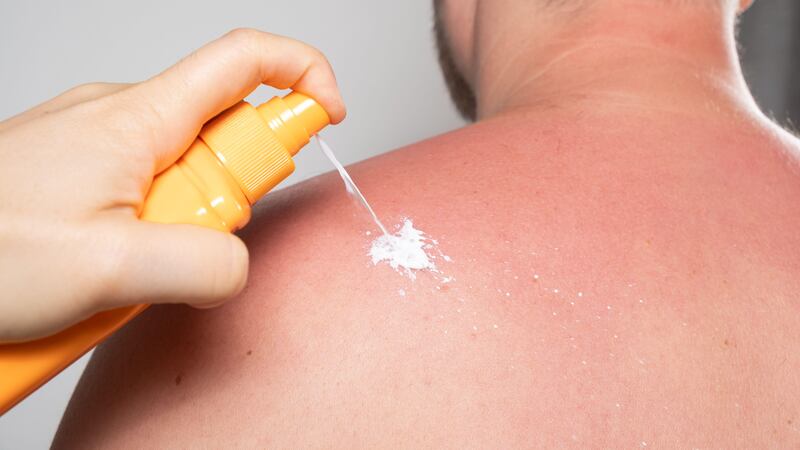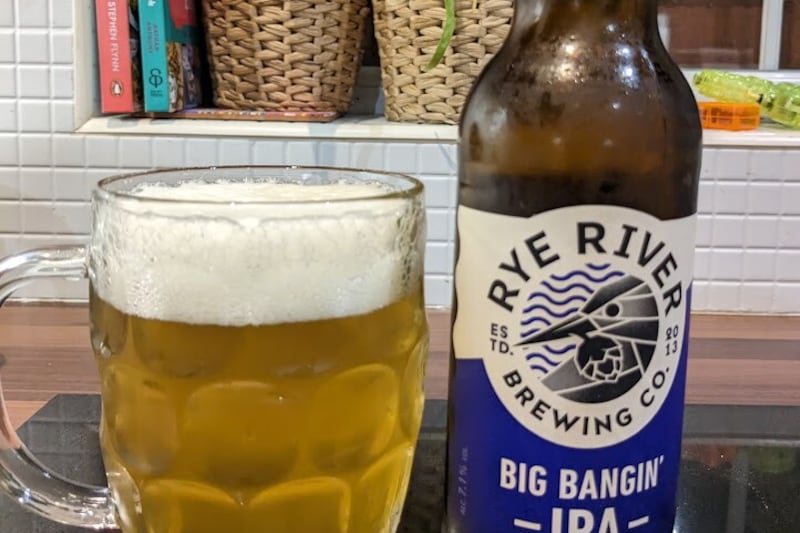THERE’S nothing like a bout of homeschooling to flag up your own deficiencies in learning.
Bluffing is a bit part of being a parent, maintaining the façade of knowledge vital to keeping order. Of course, there are some rudimentary things which never leave you from your school days.
Times tables is one of them and whatever about them you have forgotten, you can soon refresh by watching an hour of live darts on Sky Sports. Doubling and tripling numbers between 1 and 20 soon become second nature.
Of course, tripling up isn’t just the preserve of the arrows or arithmetic. It also gave birth to one of the most popular styles of Belgian beer.
A traditional tripel usually clocks in around 9 per cent abv and, as we all know, that is also the answer to the sum 3x3. I say traditional but by Belgian standards, the tripel isn’t all that old – less than 100 years in fact. It’s thought that the first beer to be slapped with that label was the Westmalle Tripel in the 1930s.
The first thing you’ll notice about a tripel is that is golden in colour. This can seem a little strange as, when we think of strong Belgian ales, we tend to think of darker colours.
The rise of the tripel was due in some part to the popularity of new-fangled pilsners from Plzen in the Czech Republic. It’s no surprise, therefore, to learn that Westmalle Tripel is brewed using Saaz hops, the preferred hop for many Czech and German lagers. The light colour is also derived from the use of pilsner malts.
However, the quantities are ramped up, leading to a much stronger beer. This also lends Westmalle a nice candied sweetness on top of that grassy bitterness.
The beer pours a golden colour in the glass with generous and fluffy white head. There are sweet fruity aromas and they play on the palate too on the first gulp before that crisp bitterness kicks in. Westmalle Tripel is a complex and there is a smoothness to it, helped by a yeasty quality which makes it almost creamy.
Straffe Hendrik is a tripel which originates in Bruges. It has a slightly drier quality than Westmalle, but a similar depth of flavour. There are some sweet, sugar notes before a crispy, herby bitterness on the finish.








